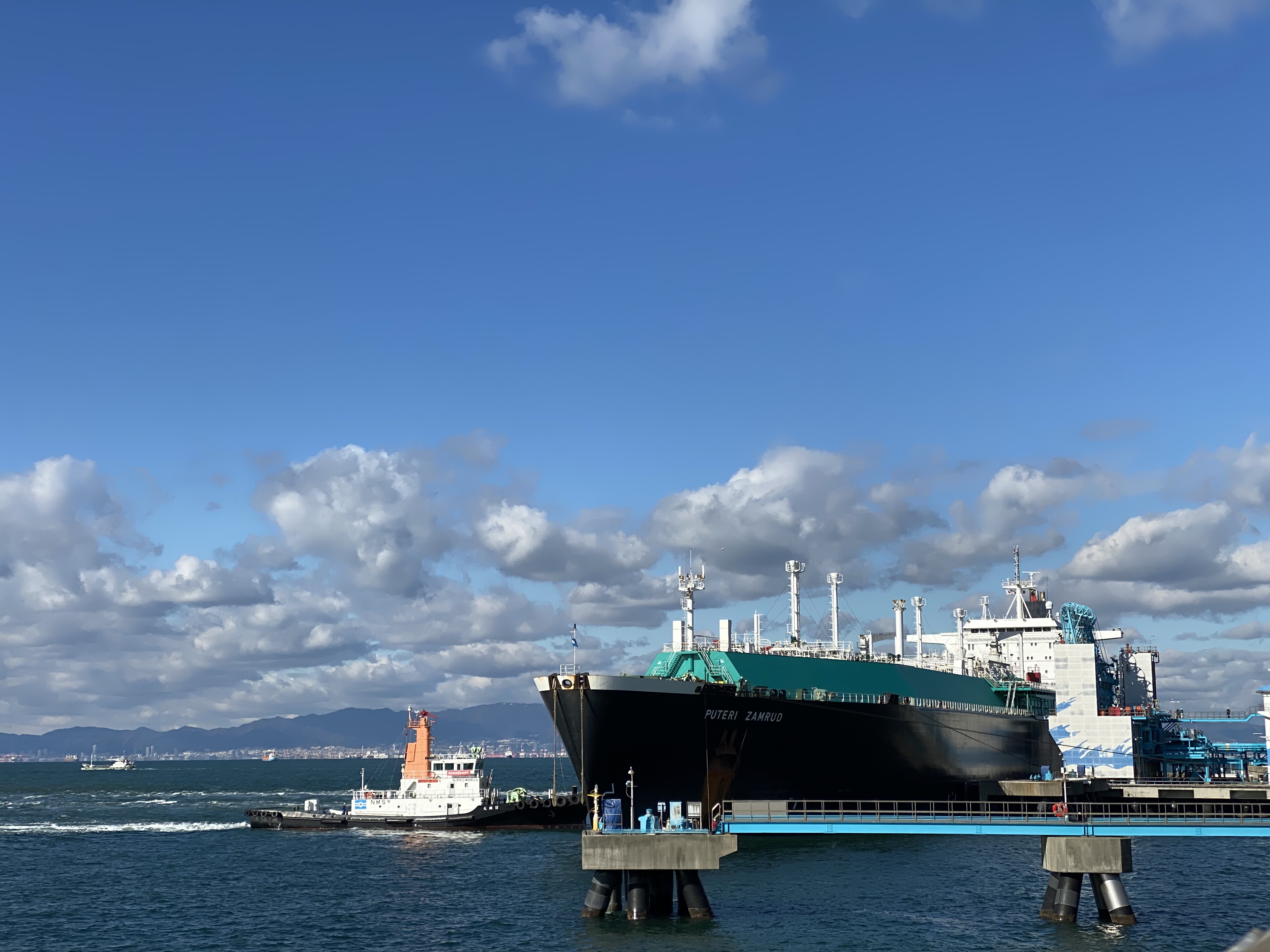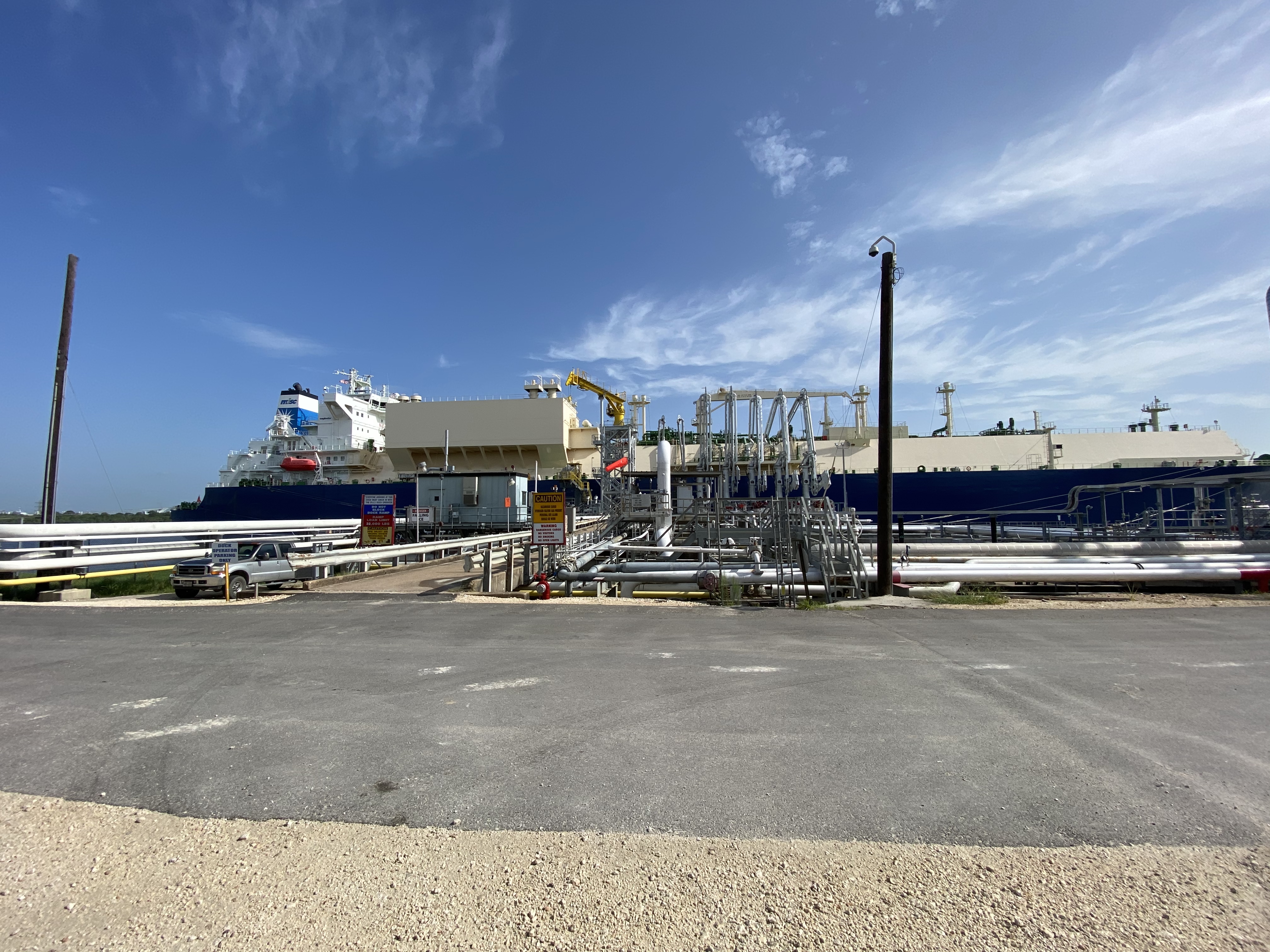VLEC vs. LNG Carriers: Key Operational Differences and Challenges
The maritime energy sector has seen significant advancements in the transportation of liquefied gases, with Very Large Ethane Carriers (VLEC) and Liquefied Natural Gas Carriers (LNGC) playing a crucial role in global energy logistics. While both vessel types transport cryogenic liquefied gases, their operational complexities, design features, and regulatory considerations vary significantly. In this article, we will explore the key differences, operational challenges, and best practices for both vessel types.
LNGC Puteri Zamrud

1. Cargo Composition and Handling DifferencesVLECs (Very Large Ethane Carriers)
• Transport ethane, which requires containment at temperatures around -89°C (-128°F).
• Ethane has higher vapor pressure compared to LNG, leading to different containment and safety requirements.
• Utilizes specialized cargo handling systems such as ethane vaporizers, reliquefaction systems, and dedicated compressors .
• Commonly used in the petrochemical industry for feedstock production.
LNG Carriers (LNGC)
• Transport natural gas in liquid form, requiring containment at -162°C (-260°F).
• LNG carriers operate with a well-established infrastructure and standardized procedures.
• Equipped with advanced boil-off gas (BOG) management systems, where excess vapor is either reliquefied or used as fuel .
• Used for power generation and heating applications globally.
2. Containment System Differences
VLEC Containment
• Uses membrane-type (e.g., GTT Mark III) , offering better insulation and reduced boil-off rates.
• Requires robust pressure control measures due to higher vaporization tendencies.
• Structural design considerations include higher tolerance to pressure fluctuations.
LNGC Containment
• Uses membrane-type (e.g., GTT Mark III) or Moss-type spherical tanks, offering better insulation and reduced boil-off rates.
• Membrane containment systems require precise temperature monitoring and stress management to avoid sloshing effects .
VLEC SERI ELBERT

3. Operational Challenges and Solutions
Challenges for VLECs
• Higher pressure management needs: The ethane cargo exerts more pressure on the containment system, requiring continuous monitoring and relief systems.
• Cargo conditioning: Ethane requires specialized vapor return management and careful handling during loading/unloading to prevent excessive vapor losses.
• Market volatility: Ethane’s demand is more variable compared to LNG, impacting fleet utilization rates.
Solutions:
• Implementing enhanced pressure relief systems and optimizing reliquefaction cycles to reduce cargo losses.
• Regular crew training on ethane-specific handling procedures.
Challenges for LNGCs
• Boil-off gas management: Continuous loss of LNG as vapor (boil-off gas) that needs efficient utilization.
• Cargo tank cooldown processes: Extended cooldown times are required before loading operations.
• Regulatory compliance: Stringent environmental regulations related to methane emissions and carbon footprint .
Solutions:
• Utilizing BOG as fuel for propulsion to minimize waste.
• Investing in dual-fuel engines and hybrid propulsion systems to improve efficiency.
4. Safety and Compliance Considerations
• VLECs: Focus on high-pressure system integrity, inert gas purging, and emergency venting systems.
• LNGCs: Emphasis on extreme cryogenic temperatures, insulation integrity, and emergency shut-down systems (ESD) .
5. Future Trends in VLEC and LNGC Operations
• Decarbonization Efforts: The industry is leaning towards cleaner fuel alternatives and reducing emissions through carbon capture and energy efficiency solutions.
• Digitalization: The use of advanced monitoring systems, IoT-based predictive maintenance, and AI-driven cargo optimization for enhanced efficiency.
• Fleet Expansion: With the growing demand for ethane and LNG, we can expect an expansion in both VLEC and LNGC fleets, adapting to newer trade routes and energy hubs.
Both VLECs and LNGCs play a pivotal role in the global energy supply chain, each presenting unique challenges and opportunities. Understanding their operational nuances and technological advancements is essential for optimizing efficiency and ensuring compliance with evolving regulations. Whether it’s the complexity of ethane transportation or the standardized processes of LNG shipping, staying informed and proactive is key to success in this dynamic sector.
